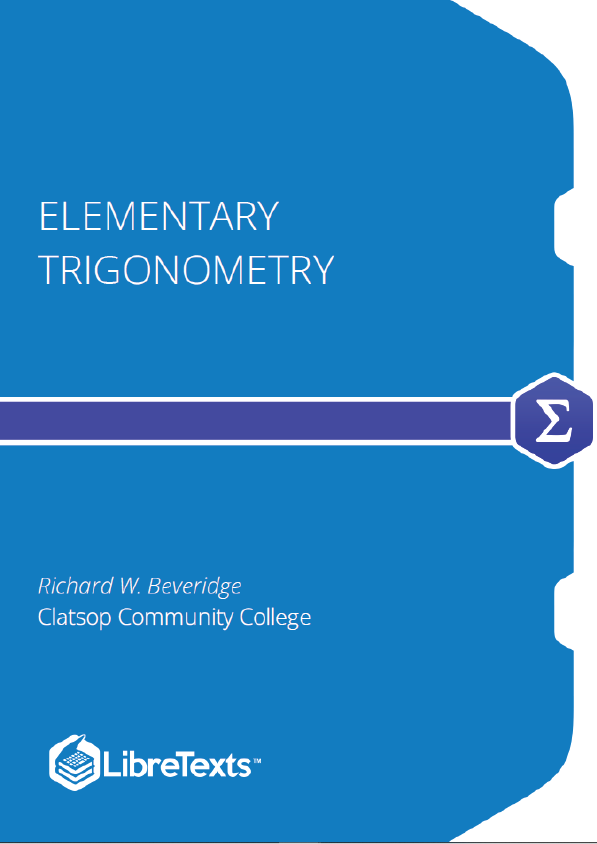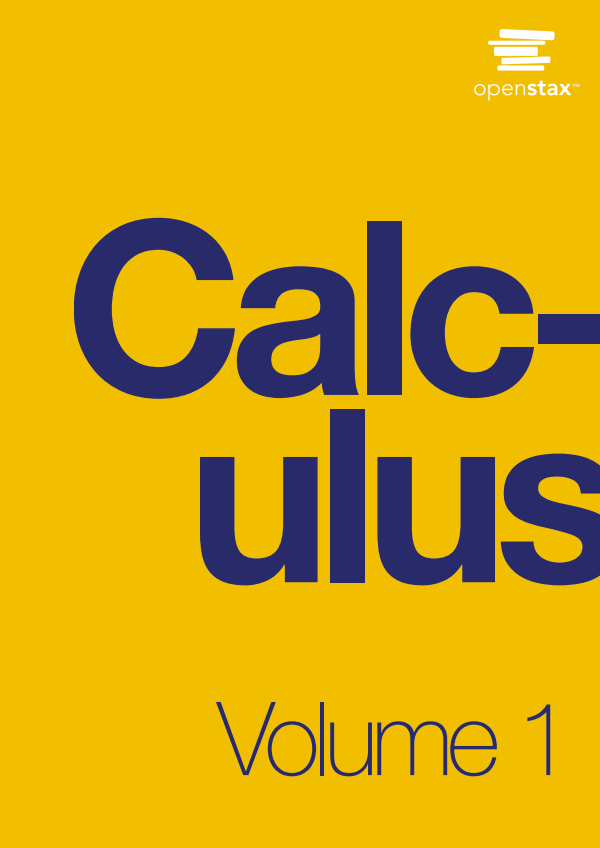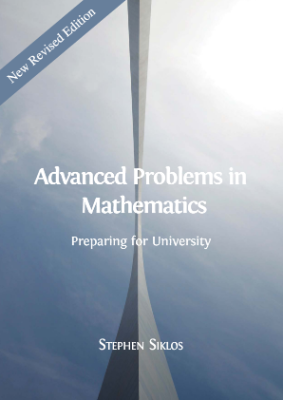The precursors to what we study today as Trigonometry had their origin in ancient Mesopotamia, Greece and India. These cultures used the concepts of angles and lengths as an aid to understanding the movements of the heavenly bodies in the night sky. Ancient trigonometry typically used angles and triangles that were embedded in circles so that many of the calculations used were based on the lengths of chords within a circle. The relationships between the lengths of the chords and other lines drawn within a circle and the measure of the corresponding central angle represent the foundation of trigonometry – the relationship between angles and distances.
Right Triangle Trigonometry
The precursors to what we study today as Trigonometry had their origin in ancient Mesopotamia, Greece and India. These cultures used the concepts of angles and lengths as an aid to understanding the movements of the heavenly bodies in the night sky. Ancient trigonometry typically used angles and triangles that were embedded in circles so that many of the calculations used were based on the lengths of chords within a circle. The relationships between the lengths of the chords and other lines drawn within a circle and the measure of the corresponding central angle represent the foundation of trigonometry – the relationship between angles and distances.
The earliest values for the sine function were calculated by Indian mathematicians in the 5th century. The cosine and tangent, as well as the cotangent, secant and cosecant were developed by Islamic mathematicians by the 11th century. European navigators used these ideas extensively to help calculate distances and direction during the Middle Ages. Modern European trigonometry as we understand it was then developed throughout the Renaissance (1450-1650) and Enlightenment (1650-1800).
Measuring Angles in Degrees
The two most common units for measuring angles are degrees and radians. Degrees are based on the ancient Mesopotamian assignment of $360^{\circ}$ to a complete circle. This has its origin in the division of the horizon of the nighttime sky as the earth takes 365 days to travel around the sun. Because degrees were originally developed by the Mesopotamians, they are often also broken out into 60 unit measures of minutes and seconds. Sixty seconds make one minute and sixty minutes makes one degree.
The Trigonometric Ratios
There are six common trigonometric ratios that relate the sides of a right triangle to the angles within the triangle. The three standard ratios are the sine, cosine and tangent. These are often abbreviated sin, cos and tan. The other three (cosecant, secant and cotangent) are the reciprocals of the sine, cosine and tangent and are often abbreviated csc, sec, and cot.











